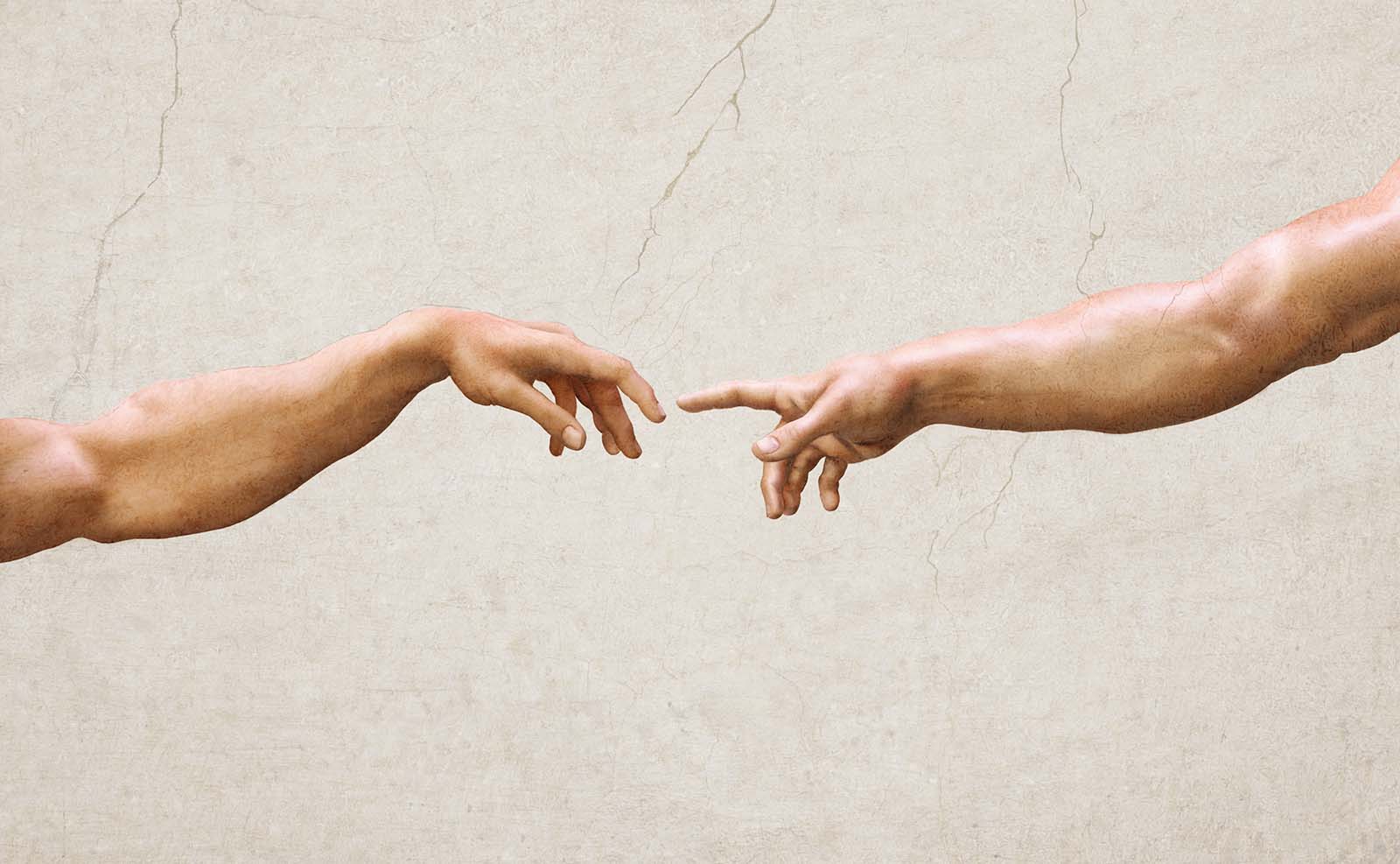Recently on The Patrick Madrid Show, a listener wrote into the show to ask about the process of consecration, as well as the meaning of the phrase “in the image and likeness of God”.
Questions to be answered, please! Hopefully, you can help me out with these two questions:
- What happens on the altar during a Catholic Mass?
- What does it mean that God created humanity in His image? How are we like God?
My daughter is going to receive confirmation, and they asked her 48 questions to be answered before the ceremony. She’s having trouble finding answers to these questions. If you could help us out, I’d appreciate it. Thank you so much. Blessings to you and your family.
While an altar is, in many respects, nothing more than a table, what takes place on its surface has everything to do with what it is called. And while Our Lord broke bread with His apostles on that surface at the Last Supper, the altar at Mass is more than a table for dining. It is an altar because it is on that surface where we bear witness to the unbloody sacrifice of Our Lord Jesus Christ. It is a sacrificial altar.
“[The priest] takes the bread and says, ‘This is My Body which has been given up for you.’ And he says, ‘This is the chalice of My Blood which has been poured out for you and for many.’ By saying these words of institution, what happens is a transformation: the miracle of transubstantiation,” explained Patrick. “What that means is the substance, or the reality, of the bread and the wine ceases to be present, and it is completely replaced with the substance, or the reality, of Jesus Christ, glorified, resurrected, body, blood, soul, and divinity.”
That is what takes place on the altar during consecration at Mass.
When we read that God created Adam and Eve in His “image and likeness”, those two words mean two different things. When He says that man is created in His image, that doesn’t mean that God has the same anatomical structure as us. He doesn’t have two arms, two legs, two hands, two feet, a head, and a torso. God does not have a body as we do. He transcends matter.
We are created in His image in so far as we have been granted intellects and free wills, as He has. These two tools that God has given to us are directly correlated to the two primary operations of human beings: to know and to love. More specifically, we were created to know God and love God.
We are created in His likeness in so far as we have His holiness in us. To be “like God” (have His likeness) is to be holy. The more righteous we become, the more holiness we have in us, and the more like God we become.
In this way, our creation in God’s image and likeness fundamentally orients us toward our primary directives to know and love God, which inevitably leads to us becoming more like Him. The more like God we become, the closer we become to our goal: attaining eternal salvation in heaven.
Tune in to The Patrick Madrid Show weekdays 8am – 11am CT


